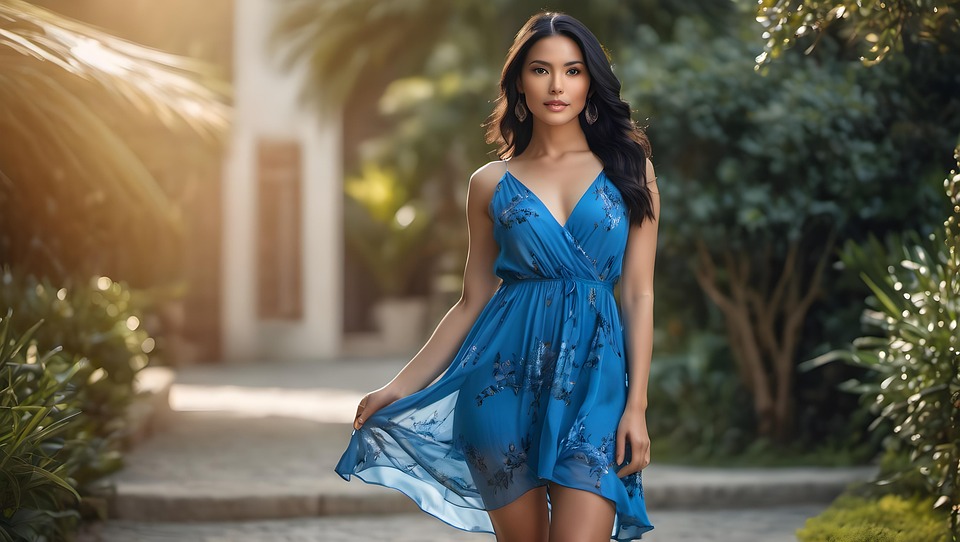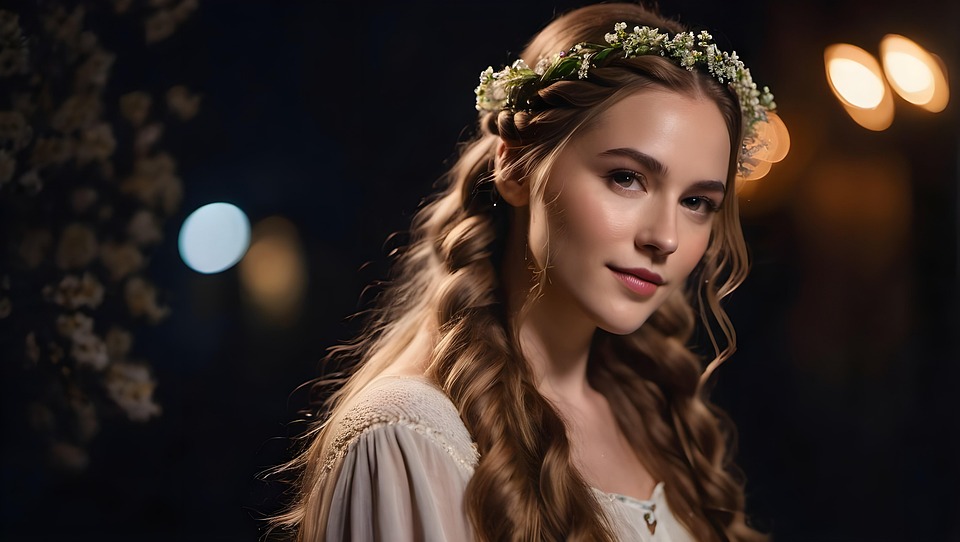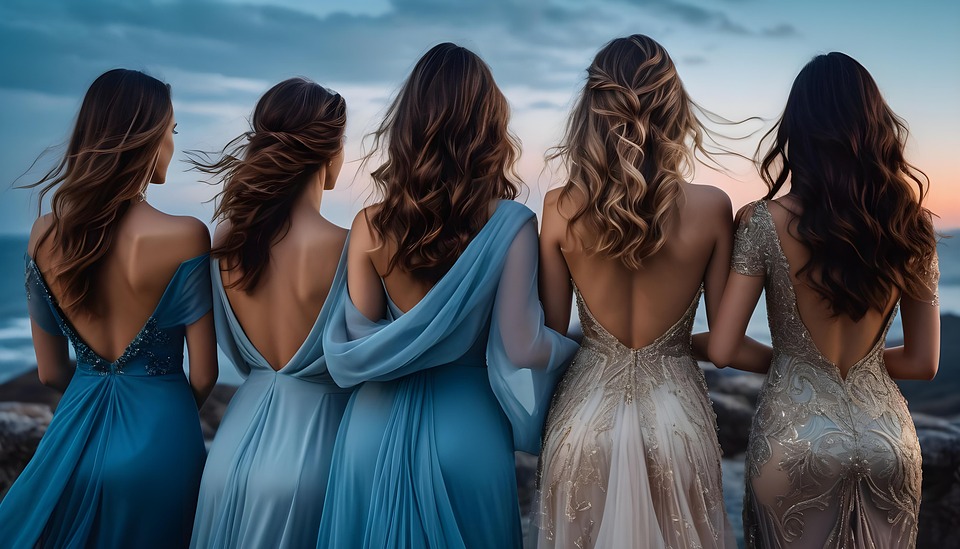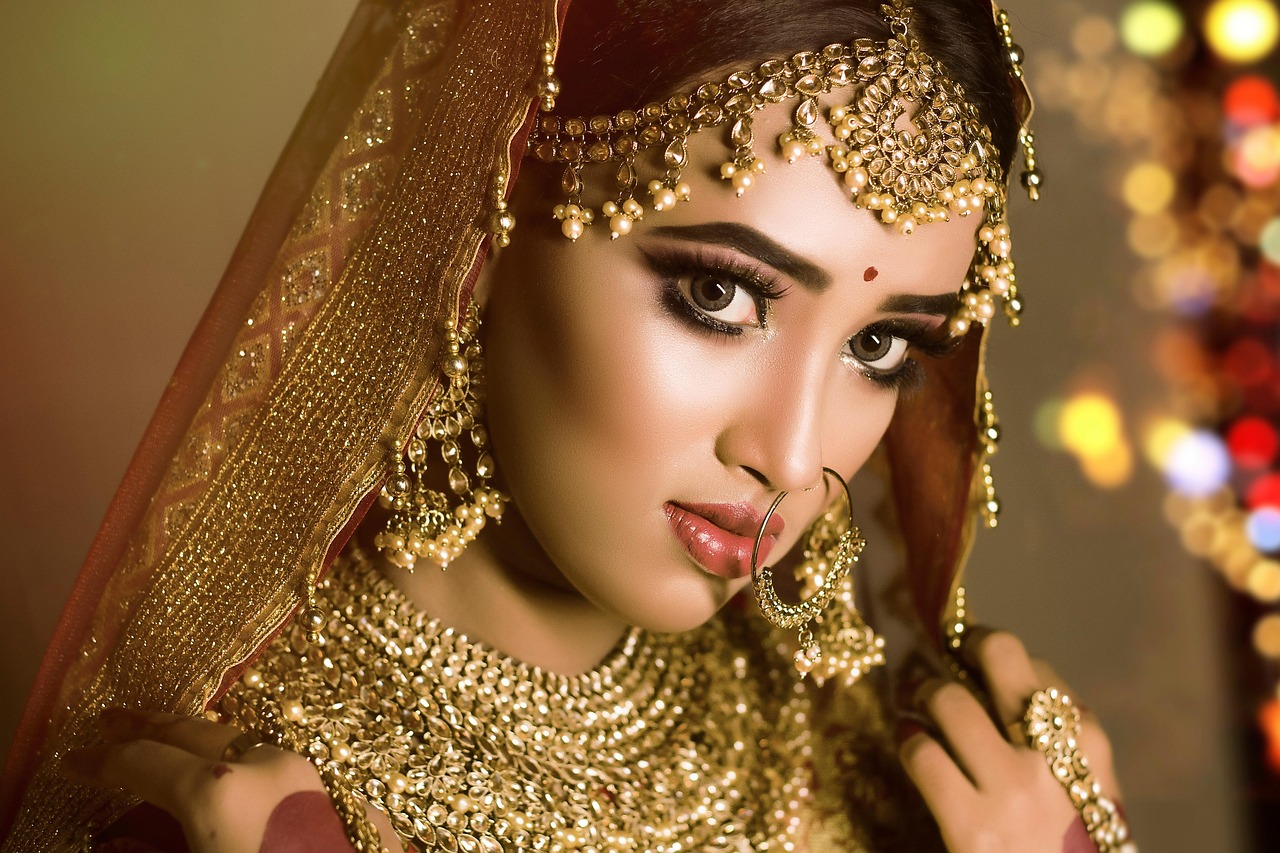Turkish fashion style is more than just garments—it’s a fusion of history, culture, tradition, and trendsetting innovation. From the intricately embroidered kaftans of the Ottoman Empire to the sleek, modest, and street-chic designs walking the runways of Istanbul Fashion Week, Turkey has evolved into a global fashion powerhouse.
The beauty of Turkish fashion lies in its hybrid identity—where East meets West, where timeless elegance meets bold modernity. Whether you’re a fashion enthusiast, traveler, or someone seeking modest yet stylish inspiration, the essence of Turkish fashion is worth discovering.
The Historical Influence on Turkish Fashion
Ottoman Legacy in Modern Design
The Ottoman Empire, which spanned centuries and continents, laid the groundwork for today’s Turkish fashion. Key influences include:
- Kaftans & Robes: Rich fabrics like silk, velvet, and brocade; heavily embroidered with gold or silver threads.
- Headdresses & Jewelry: Worn by sultanas and elite women, influencing today’s accessory layering trends.
- Layered Modesty: Ottomans perfected the art of elegance through coverage, which has evolved into modern modest fashion.
Today, many Turkish designers reference Ottoman motifs in modern silhouettes—reviving history through contemporary cuts.
The Silk Road & Cultural Fusion
Turkey was a key stop on the ancient Silk Road, which brought in diverse textiles, dyes, and artisan techniques from Asia and Europe. The cultural amalgamation of Arabesque, Persian, and European styles can still be seen in today’s designs, making Turkish fashion style unique and inclusive.
Core Elements of Turkish Fashion Style

1. Modesty Meets Elegance
Turkey is a majority Muslim country, but with a modern, progressive twist. This duality results in fashion that is:
- Modest but Trendy: Think maxi dresses, long tunics, wide-legged pants.
- Layered Styling: Lightweight layering is key, combining jackets, vests, scarves, and skirts.
- Covered Yet Chic: Hijab fashion is central, often paired with coordinated outfits.
This appeals not only to Turkish women but to a global modest fashion movement.
2. Color Palette & Fabric Preferences
Turkish designers love rich, earthy colors such as:
- Deep burgundy, emerald green, navy blue
- Neutrals like beige, cream, and sand
- Occasional bursts of fuchsia, gold, and turquoise
Fabrics commonly used:
| Fabric Type | Why It’s Popular |
|---|---|
| Cotton | Breathable and perfect for the hot Mediterranean climate |
| Silk | Historical legacy, ideal for elegant wear |
| Linen | Great for summer wear, lightweight and breezy |
| Velvet | Used in winter fashion and ceremonial dresses |
| Denim | Dominates casual Turkish streetwear |
3. Fusion of East & West
You’ll often see:
- Blazers paired with hijabs
- Sneakers with long flowing skirts
- Traditional embroidery on modern denim jackets
This style resonates with young professionals, creatives, and influencers alike, making Turkish fashion highly adaptable.
Turkish Fashion by Category

Women’s Fashion
Women in Turkey have a diverse and vibrant fashion sense. Here’s how different styles dominate:
A. Streetwear
Popular among the youth, Turkish streetwear is characterized by:
- Oversized shirts and pants
- Graphic tees with Turkish slogans
- Headscarves styled as bandanas
- Denim-on-denim looks
- Platform sneakers
Istanbul street fashion rivals Tokyo and Paris in creativity and individuality.
B. Modest Wear
Major players like Modanisa and Sefamerve have taken modest fashion mainstream. Key elements include:
- Maxi dresses with high necklines
- Tunic and trouser sets
- Abayas with Turkish-inspired embroidery
- Stylish hijabs with bold prints
These are not just religious expressions but style statements.
C. High-End Couture
Turkey’s luxury designers are pushing boundaries:
- Raisa & Vanessa: Glamorous, edgy couture with dramatic cuts.
- Dice Kayek: Known for architectural silhouettes and European refinement.
- Özgür Masur: Fuses elegance with red-carpet appeal.
From Cannes to New York, Turkish designers are now global.
Men’s Fashion
Turkish men’s fashion blends classic European tailoring with Middle Eastern flair:
- Slim-fit suits with rich textures
- Long coats (palto) and waistcoats
- Modern turbans and knitted beanies
- Ethnic accessories like silver rings and leather belts
Streetwear is also big among Turkish men, featuring:
- Drop-crotch pants
- Layered t-shirts
- Canvas sneakers
- Graphic hoodies with calligraphy
Turkish Fashion Trends That Shocked & Slayed

1. The Rise of the Turkish Hijabi Influencer
Turkish hijabi influencers like Rumeysa Gelgi and Meryem Can are breaking the internet with their fashion-forward modest looks. Their style mixes Zara, local boutiques, and global brands—redefining modern hijab style.
2. Kaftans as Everyday Wear
Kaftans are no longer just for weddings or home wear. They are now:
- Worn with sneakers for a street-cool look
- Belted for a modern shape
- Paired with jeans or trousers for layering
3. Neo-Ottoman Accessories
Think wide belts, oversized earrings, hand-embroidered bags, and sultana-style turbans. These elements are making waves on Turkish and international runways.
Turkish Fashion Week & Designer Spotlight
Istanbul Fashion Week: The Global Stage
Istanbul Fashion Week (IFW) has become the biggest platform for Turkish designers to showcase their talent. It has attracted global attention, and many buyers from Europe and the Middle East scout for fresh designs here.
Major highlights:
- Inclusivity of modest fashion
- Fusion of tradition and technology
- Sustainable fashion focus
Leading Turkish Designers to Watch
| Designer | Signature Style |
|---|---|
| Bora Aksu | Romantic, Victorian influences, dreamy fabrics |
| Arzu Kaprol | Minimalist with futuristic tailoring |
| Zeynep Tosun | Bohemian elegance, asymmetrical details |
| Hakan Yıldırım | Bold colors, edgy cuts, celebrity-loved designs |
| Mehtap Elaidi | Playful prints, casual elegance |
How Turkish Fashion Influences Global Style
Turkish Drama & Celebrity Fashion
Series like “Diriliş: Ertuğrul” and “Kurt Seyit ve Şura” have introduced traditional Ottoman-inspired looks to a global audience. Turkish actresses like Hazal Kaya and Tuba Büyüküstün are now fashion icons internationally.
Many fans across Pakistan, India, the Gulf, and the West replicate their styles—a testament to Turkey’s fashion influence.
Turkish Brands Going Global
Brands like:
- LC Waikiki
- Koton
- Mavi Jeans
- DeFacto
are now exporting Turkish fashion style to over 70 countries.

Shopping Turkish Fashion: Online & Offline
Where to Buy
| Platform | Description |
|---|---|
| Modanisa | Largest online modest fashion store |
| Trendyol | Turkish fashion marketplace with everything |
| LC Waikiki | Budget-friendly, stylish pieces |
| Beymen | Luxury Turkish designers |
| Grand Bazaar (Istanbul) | For handmade pieces and vintage |
Price Range & Quality
One of the reasons Turkish fashion is so loved is its affordability without compromising quality. Whether you’re buying a simple cotton tunic or a velvet embellished gown, you get value for money.
Benefits of Embracing Turkish Fashion Style
1. Versatility for All Occasions
From daily wear to weddings, Turkish style fits every mood and moment.
2. Perfect for Modest Fashion Lovers
The layering, coverage, and flowing fabrics make it a dream for modest fashion enthusiasts.
3. East-Meets-West Aesthetic
Whether you love elegance or edge, Turkish fashion style offers the best of both worlds.
4. Sustainable, Local Craftsmanship
Many Turkish brands work with local artisans, preserving eco-friendly and handmade traditions.
Final Thoughts: The Future of Turkish Fashion Style
As the world moves toward inclusive, ethical, and expressive fashion, Turkish style is perfectly positioned to lead the charge. With its deep cultural roots, global appeal, and fresh innovation, Turkish fashion style isn’t just a trend—it’s a movement.
Whether you’re discovering it through an Istanbul street lookbook, an influencer’s Instagram post, or a traditional kaftan at a bazaar, one thing is clear:
Turkish fashion style speaks to the soul—and it’s here to stay.




